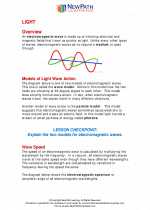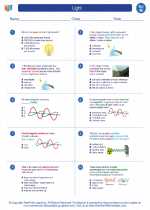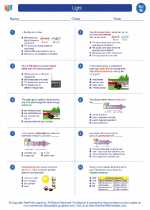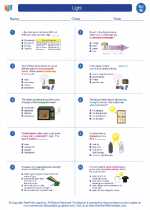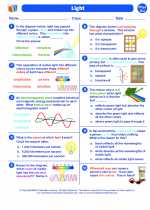Interference in Science
Interference is a phenomenon that occurs when two or more waves meet. When this happens, they combine to form a new wave. This can result in a variety of outcomes, depending on the characteristics of the individual waves.
Types of Interference
There are two main types of interference: constructive interference and destructive interference.
Constructive Interference
Constructive interference occurs when two waves are in phase with each other, meaning that their peaks and troughs align. When this happens, the amplitude of the resulting wave is increased, creating a wave with a greater intensity.
Destructive Interference
Destructive interference occurs when two waves are out of phase with each other, meaning that their peaks and troughs do not align. In this case, the waves combine to produce a new wave with a reduced amplitude, resulting in a wave with lower intensity.
Examples of Interference
Interference can be observed in various real-world situations, such as:
- Double-slit experiment in physics
- Interference of sound waves in acoustics
- Interference of light waves in optics
Study Guide
To understand interference more deeply, consider the following study guide:
- Learn the basics of wave characteristics, such as amplitude, frequency, and wavelength.
- Understand the concept of phase difference between waves.
- Explore the mathematical principles behind wave interference, including the principle of superposition.
- Conduct experiments or simulations to observe and analyze constructive and destructive interference.
- Apply the knowledge of interference to practical scenarios, such as in music, engineering, or telecommunications.
By mastering the concept of interference, you can gain a deeper understanding of wave behavior and its applications in various scientific and technological fields.
